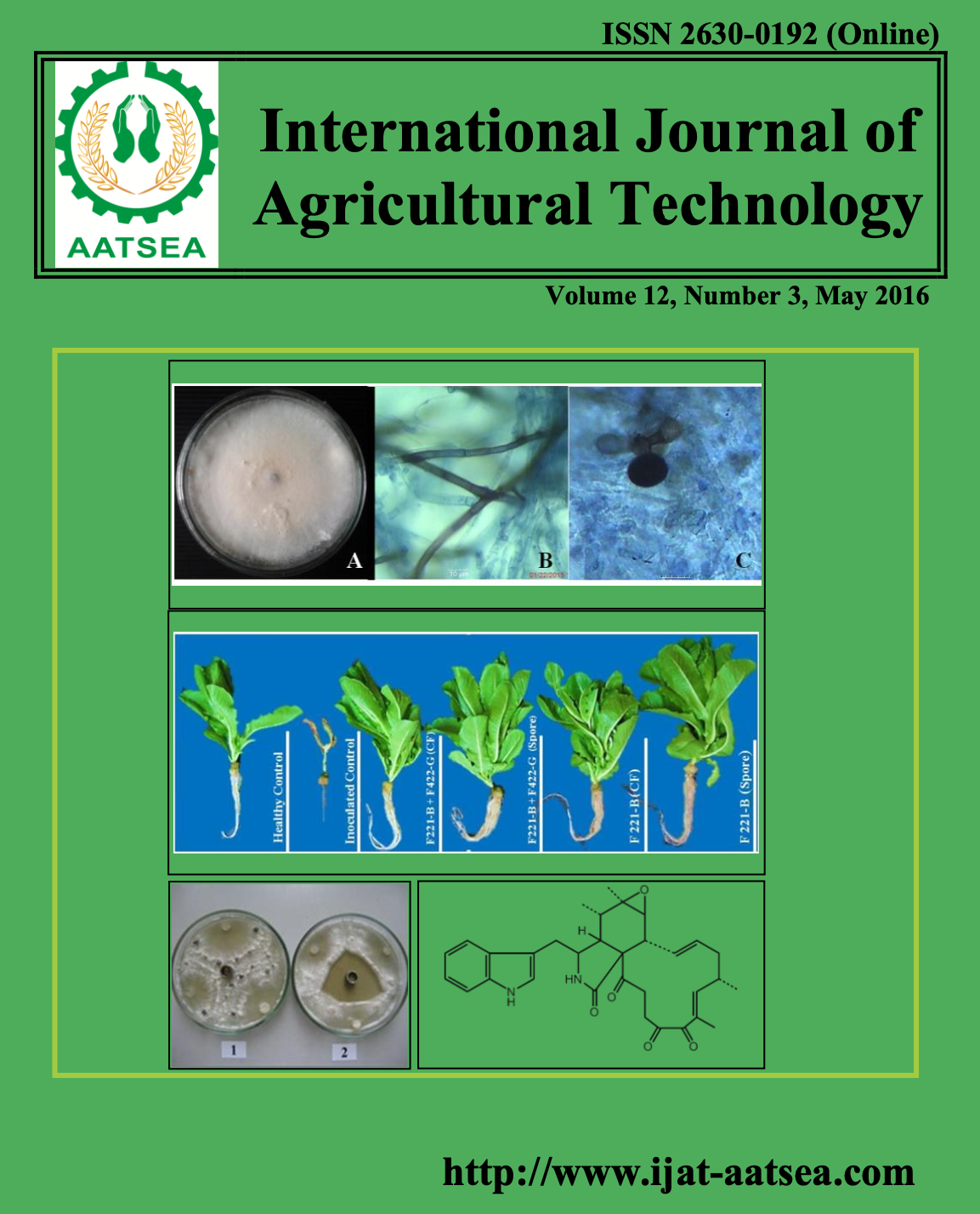The last and largest of Cephalanthus tetrandra freshwater swamp forest in Northeast Thailand: Natural resource appreciation and management of local community
Main Article Content
Abstract
Article Details

This work is licensed under a Creative Commons Attribution-NonCommercial-NoDerivatives 4.0 International License.
References
Biological Diversity Division (2011). Guidelines for the use of the biological diversity of the community with natural sustainability (Satoyama initiatives). In: Biodiversity E-News: Biological Diversity Division, Office of Natural Resources and Environmental Policy and Planning, Ministry of Natural Resources and Environment, Thailand.
Borisutdhi, Y. (2008). System approaches to agricultural systems analysis for development. Khon Kaen Agriculture Journal 36:352-367.
Borisutdhi, Y. (2015). Community study: Perspective based on research and scientific process. Khon Kaen: Khon Kaen University Printing House.
Fowler, C. T. (2003). The ecological implications of ancestral religion and reciprocal exchange in a sacred forest in Karendi, (Sumba, Indonesia). Worldviews: Global Religions, Culture and Ecology 7:303-329.
Sinthipong, U. (2015). Local community and the participation in the management of natural resources. Bangkok University Executive Journal 35:104-133.
Soontornwong, S. (2003). Improving rural livelihood through CBNRM: A case of self-organization in community mangrove management in Thailand. Hanging in the Balance: Equity in Community-based Natural Resource Management in Asia. Honolulu (HI): East-West Center. pp. 182-199.


